Those seeking to express themselves through art find hundreds of ways to do it. Visual art alone, for instance, boasts an abundance of approaches, from photography to graphics, and beyond. In addition to the rather popular art forms, there are also numerous unique alternatives, often less familiar to the general public, such as gum bichromate, kallitype, or chrysotype, just to name a few.
All three of the aforementioned are alternative photographic processes, examples of which can be found on a public Facebook group titled exactly that. The group consists of over 48 thousand enthusiasts of different kinds of methods, who share their beautiful artwork with the world. We have gathered some of their best examples on this list for you to marvel at, so wait no longer and scroll down to find the unique images.
Bored Panda has turned to the editor of the ‘Alternative Photography’ website, Malin Fabbri, to learn more about alternative photographic processes and she was kind enough to answer some of our questions. You will find her insight in the text below.
#1 Toned Cyanotype. Self Portrait
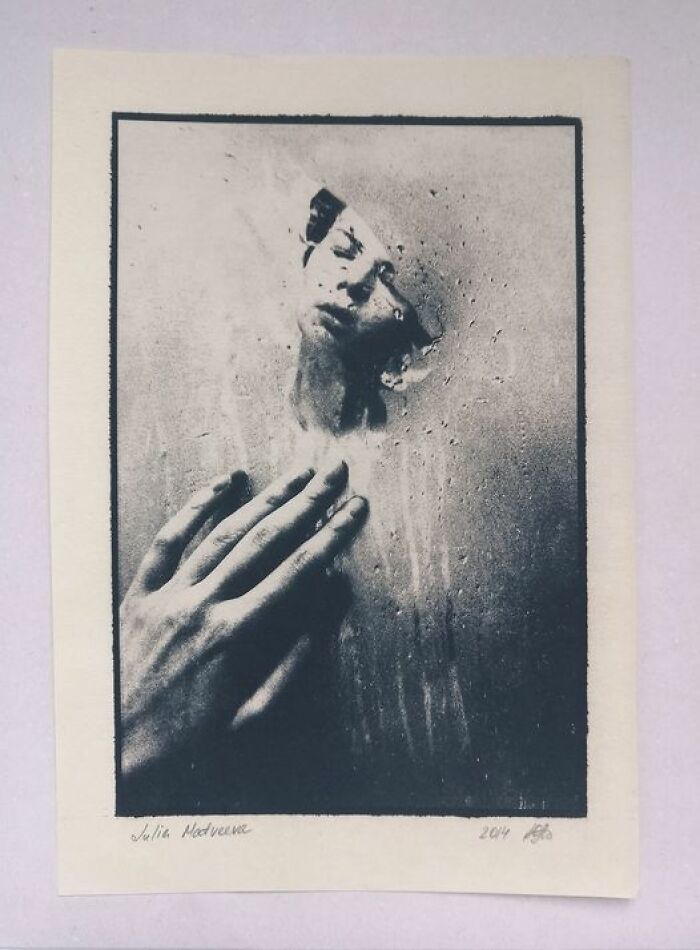
Image credits: Julia Matveeva
#2 Cyanotype, Watercolour Paper Digital Negative From A 35mm Shot
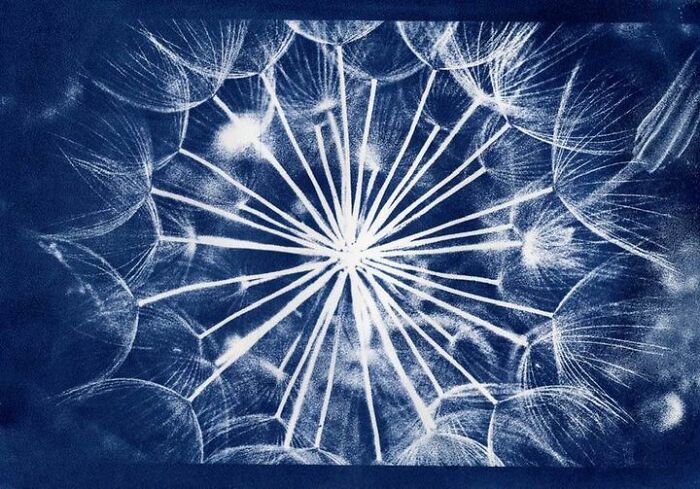
Image credits: Maria Georgiadou
#3 Eco-Polymer Print. Made With Printmaker’s Friend Photo By Martin Bennie Photography
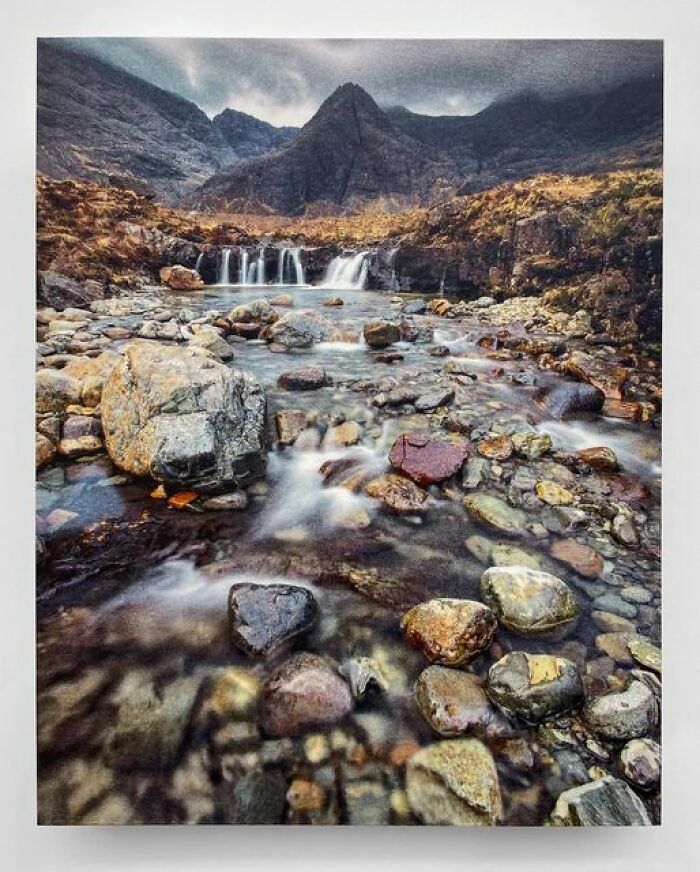
Image credits: Calvin Grier
#4 Boats Of Essaouira (Collage). Gum Bichromate Cmyk 5 Layers 30 X 30 Cm. Fabriano Artistico Paper
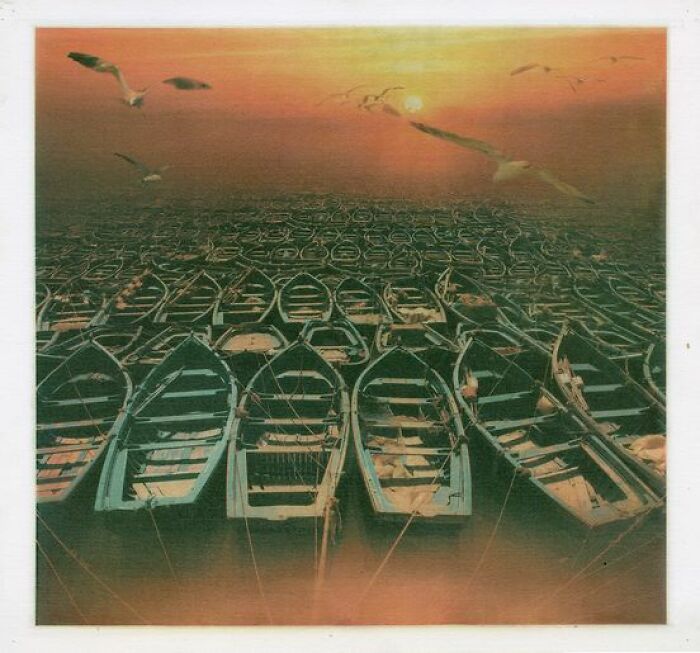
Image credits: Alexandr Prymak
#5 My First Ever Attempt At Cyanotype Printing
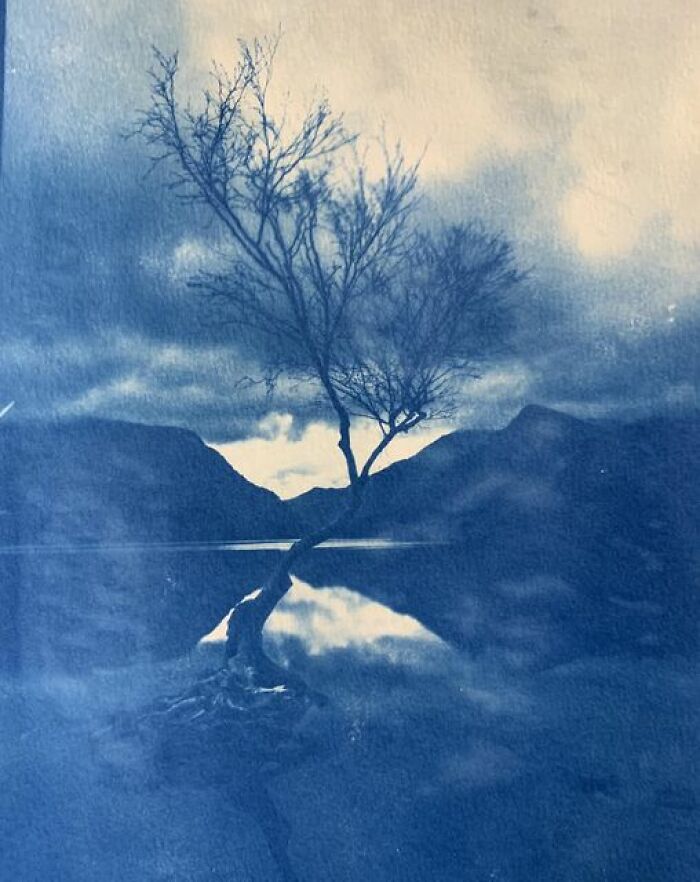
Image credits: Ken Cole
#6 Mary With Radiant Leaf Halo 2022 Guyana Chestnut Leaves
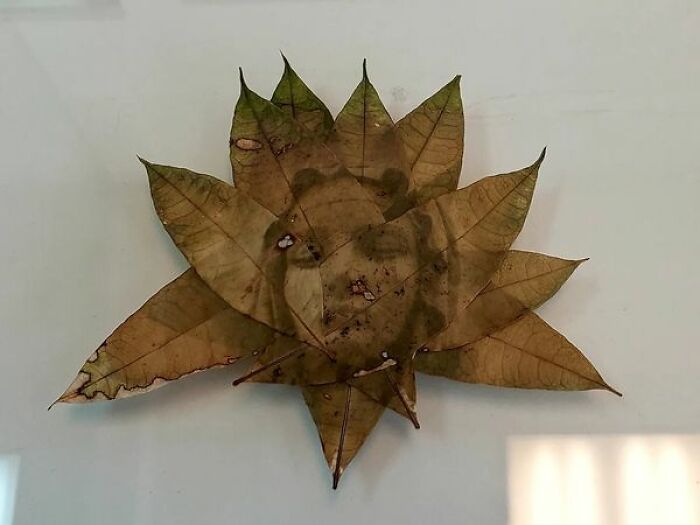
Image credits: Sean Mabin
#7 Cows. Duotone Cyanotype
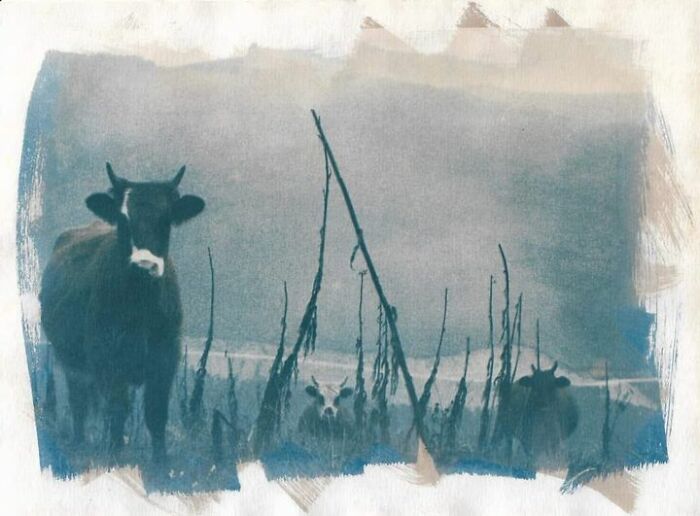
Image credits: Dorota Bronikowska
#8 Iron-Process Print
A year ago, I made my first iron-process print, from a digital negative of an image of especial importance for me. A year and many hundreds of prints later, I circled back and reprinted it this week. I still have work to do, but I am reaching a point where I feel as if I am reaching the process’s potential. This print: Walking Piper (2021), a platinum-toned kallitype printed onto Revere Platinum paper
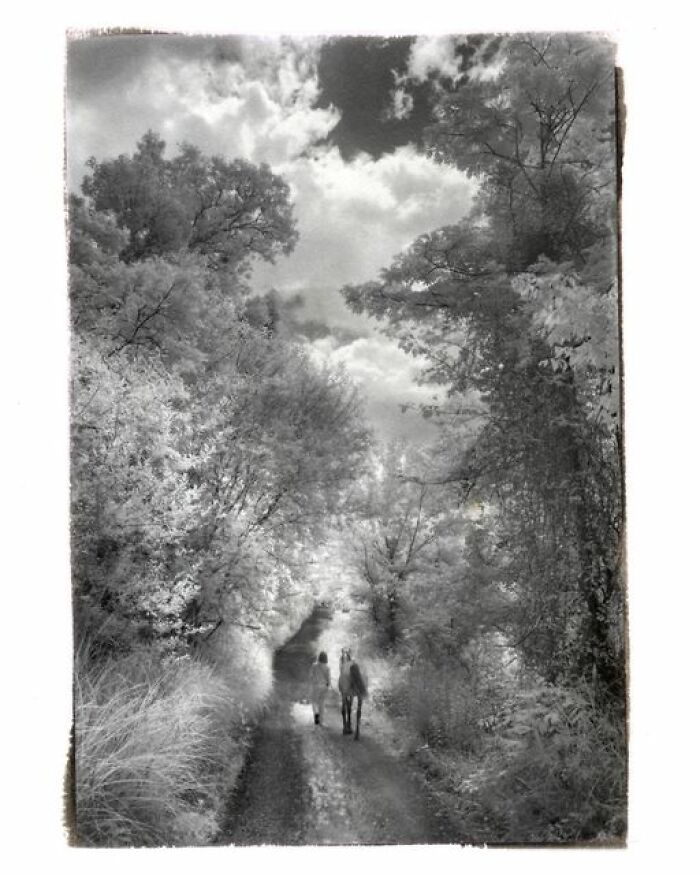
Image credits: Sanders McNew
#9 Leon 5×7“ Salted Paper Print Collodion Wetplate Negative
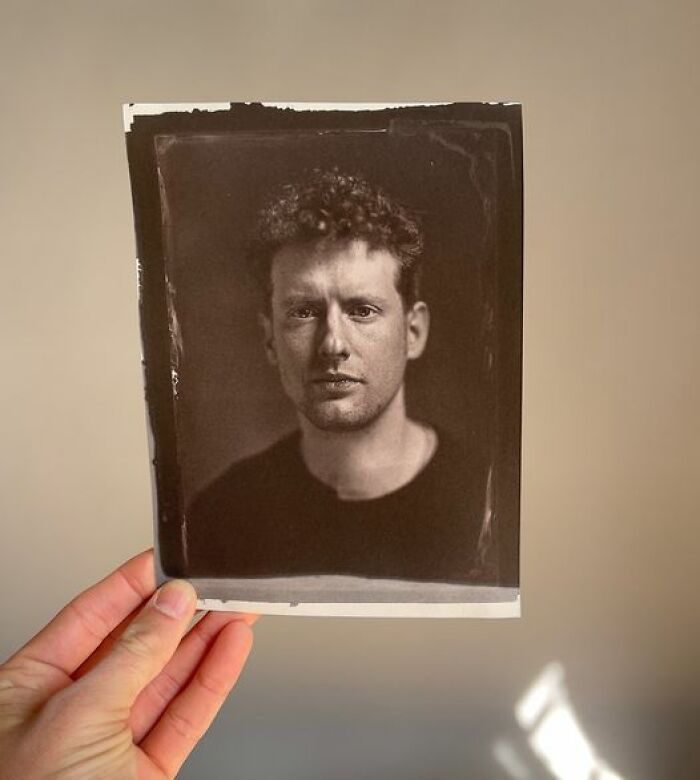
Image credits: Maximilian Zeitler
#10 2011, Cyanotype Over Multiple Color Carbon Tissue
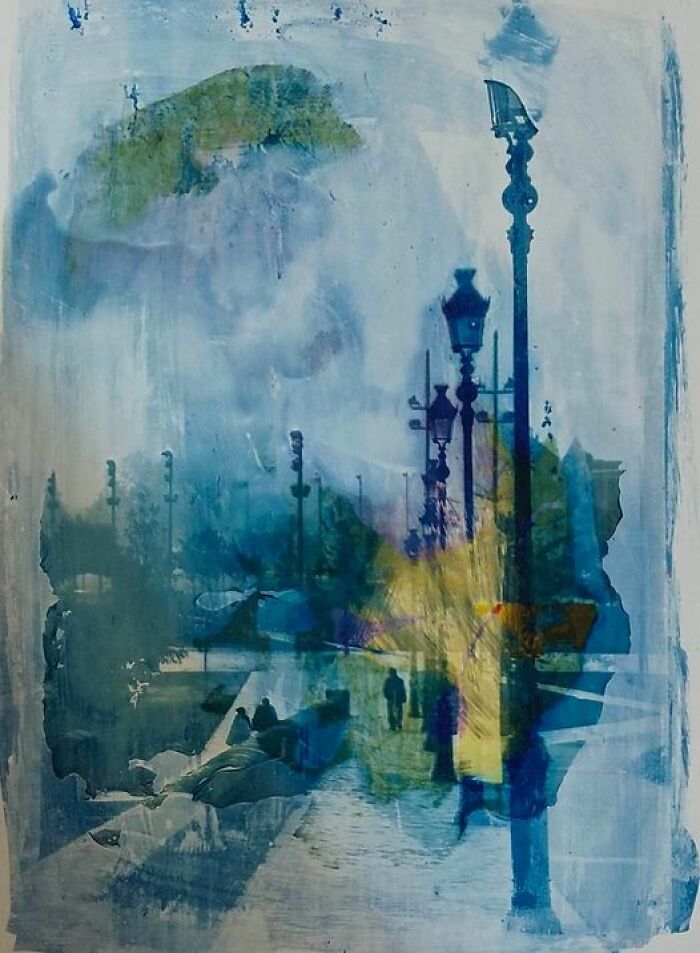
Image credits: 簡永彬
#11 Environmentally Friendly Alternative To Gum Bichromate Printing. Printmaker’s Friend. Size 16x24cm. Photo By Max Lissenden
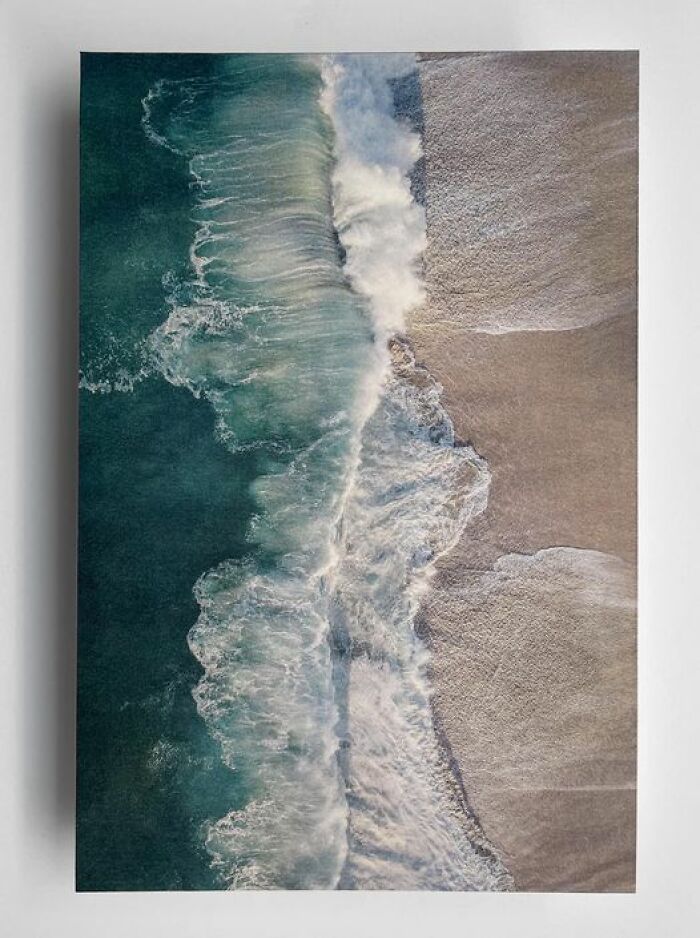
Image credits: Calvin Grier
#12 Cyanotype With Black Tea And Hydrogen Peroxide
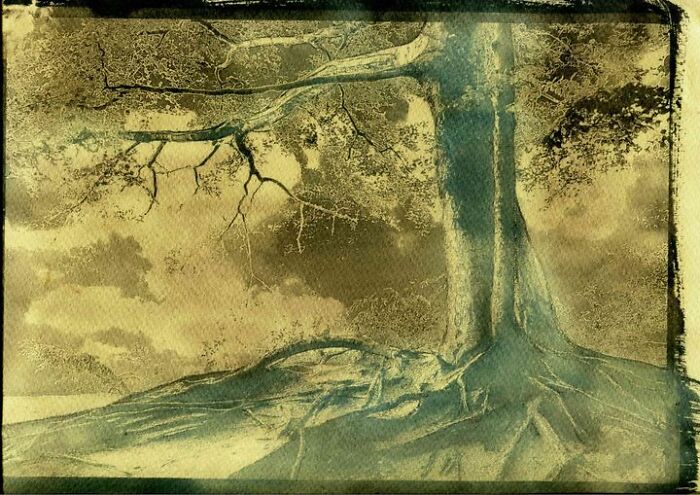
Image credits: Leszek Wesołowski
#13 Oil Print (Rowlins) 27 X 47 Cm. Paper For Watercolors 32 X 50 Cm. Ink For Printing In A Printing House (Offset)
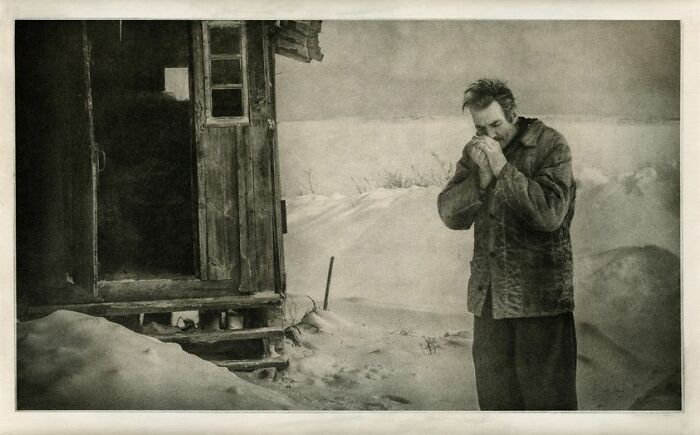
Image credits: Alexandr Prymak
#14 Here Is A Nautical Ship Scene I Created And Then Captured In Camera Onto The Underside Of Clear Domed Glass A Few Years Ago, The Image Measuring 35mm In Diameter
Yesterday, I made the sterling silver filigree setting at my jeweler’s bench and carefully set the ambrotype.
Making these tiny collodion images is a labor of love. It takes a certain intensity of work in a category all it’s own, which is a challenge to maintain. For me, it’s a much more difficult process to capture images on small glass pieces or stone, rather than, for example, a larger 4×6″ plate. Here are the reasons why for those who have an interest.
First, it’s a challenge to hold on to the tiny piece while pouring on the collodion and not getting my fingers on the poured substance, as many of you in this group know collodion in it’s delicate form, while wet. Each finger print is much more consequential on a smaller ambrotype vs. a larger image. Secondly, focusing in camera onto such a tiny surface takes a lot of time and patience and it’s a much easier task when working with a larger, regular sized image. The focus really counts on a tiny image. Thirdly, pouring developer on a small surface, many times inhibits the developer flow, as it’s optimal to have the liquid flow around the plate for 9 to 12 seconds. Larger plates allow for easier movement of the larger amount of liquid.
I hope this is interesting information for some of you photographer geeks like me. 🙂
I’ve cut down on making these little collodion beauties, not because I don’t enjoy it, but because it truly takes a lot of intense focus, time and effort.
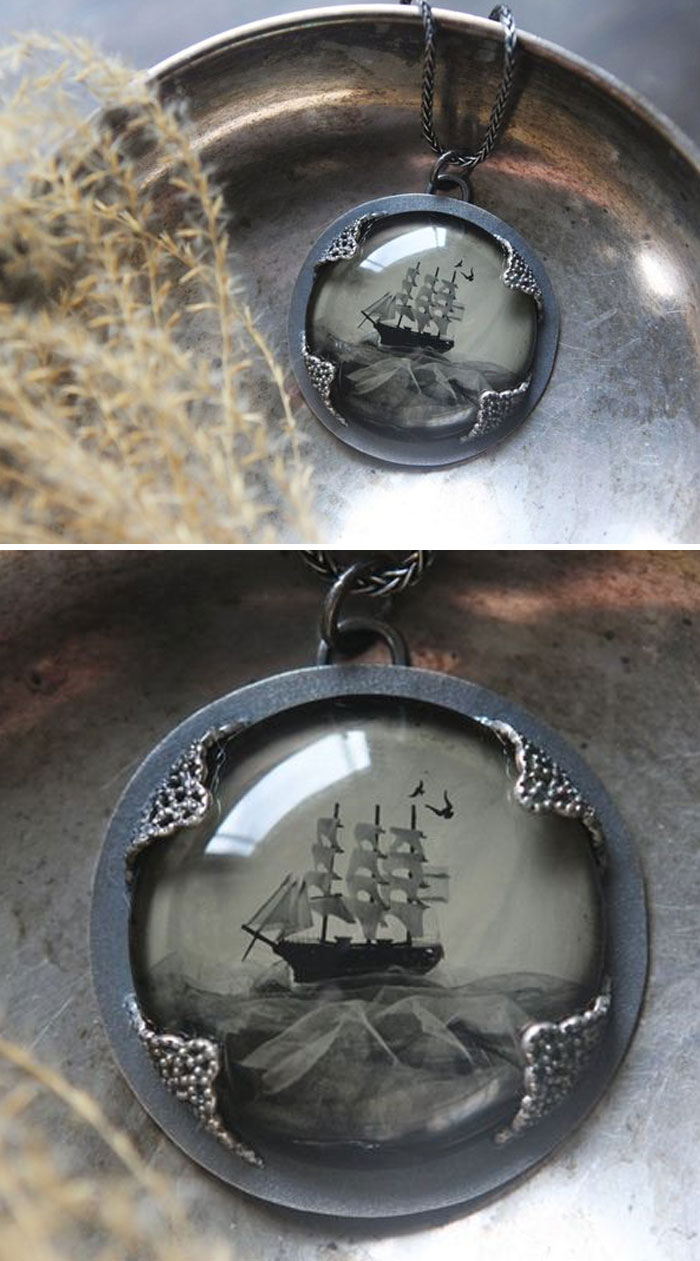
Image credits: Angie Pember Brockey
#15 Palladium
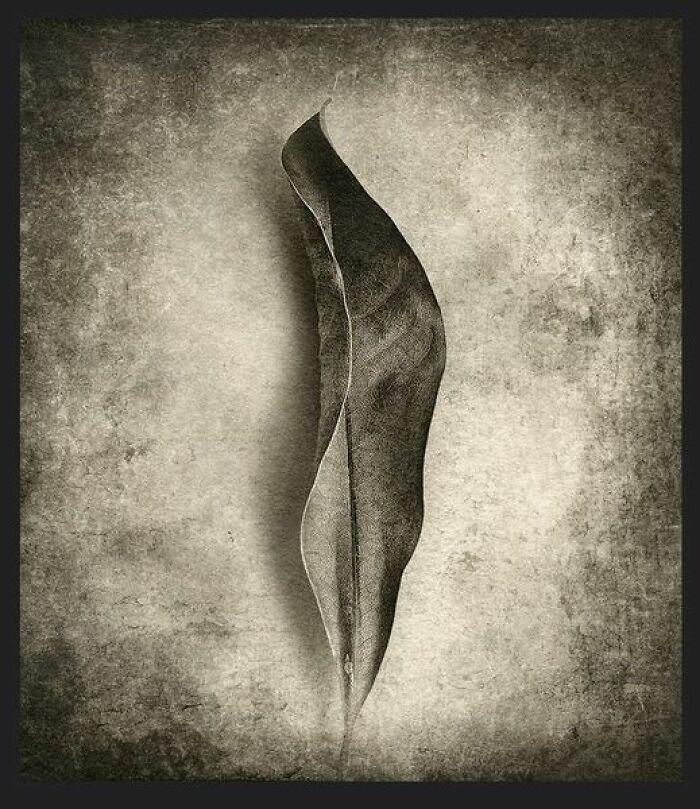
Image credits: Gary Geboy
#16 Toned Cyanotype. Self Portrait
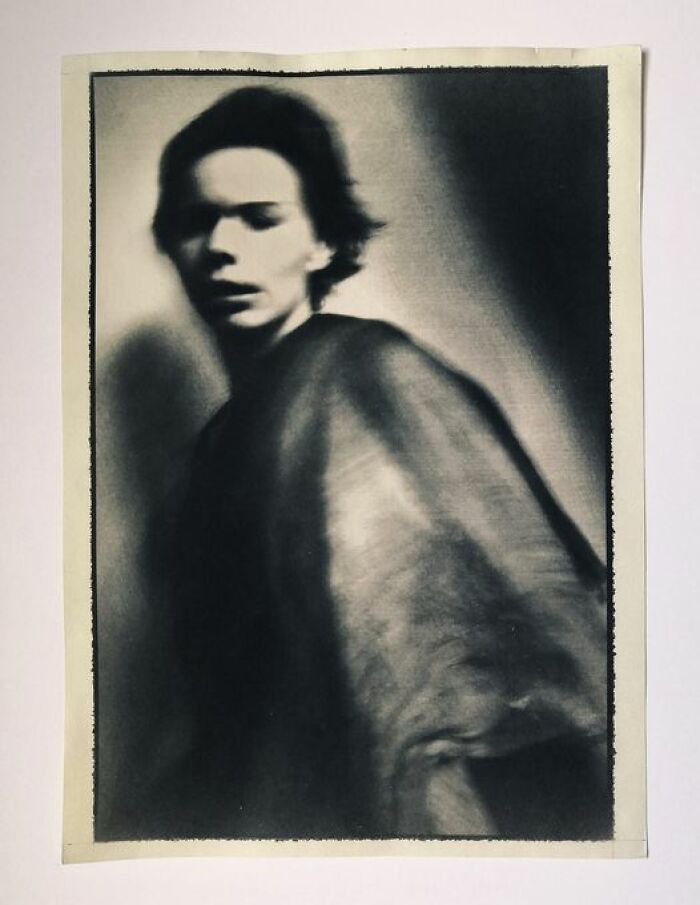
Image credits: Julia Matveeva
#17 I Designed And Built My Own Camera For Ancient Processes. These Are The First Results Using The Process Called Gumoil
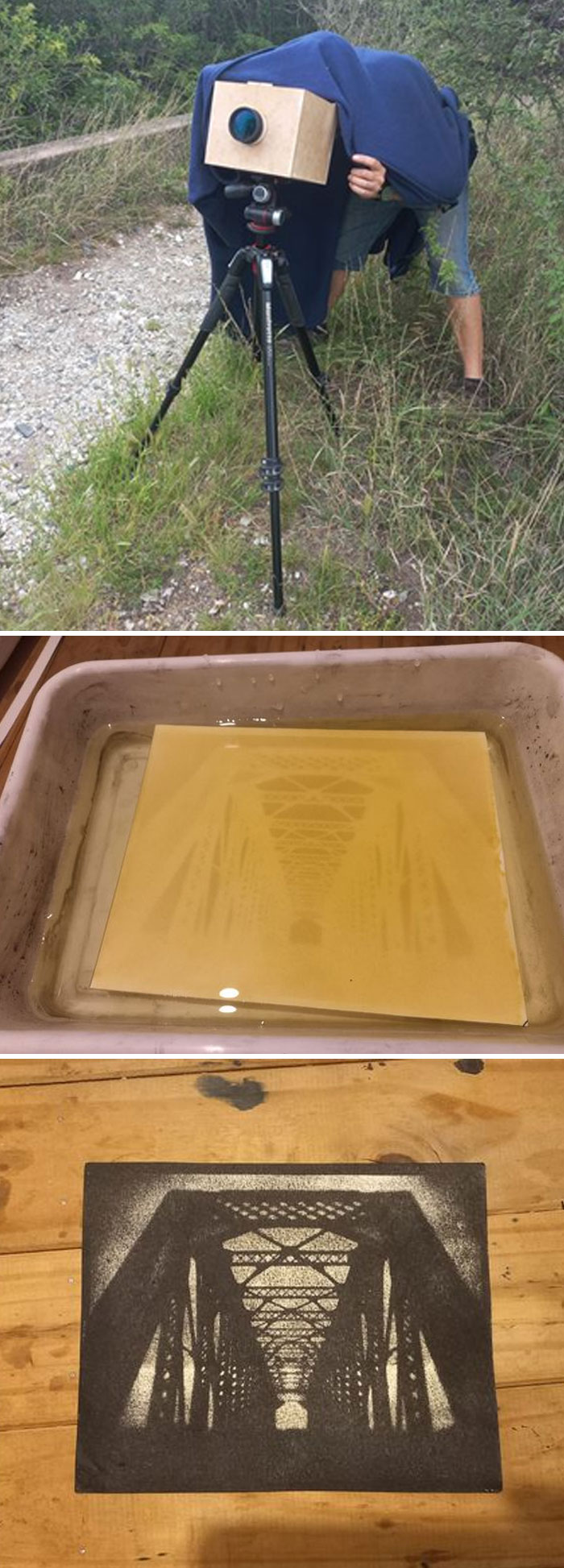
Image credits: Walter Elsner
#18 Bruyère, Cyanotype
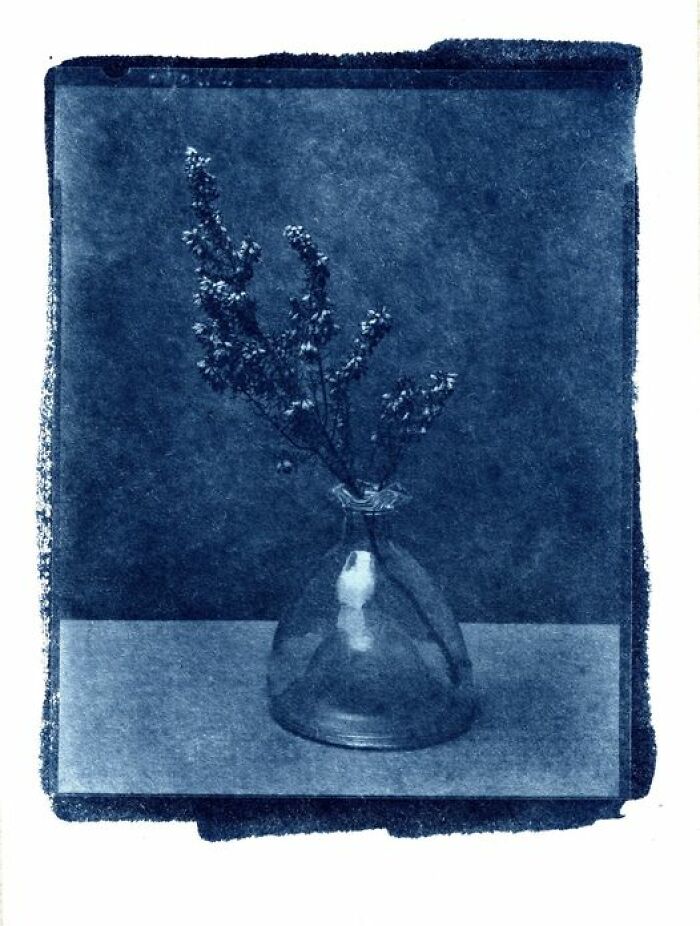
Image credits: Yves Debruyne
#19 Man In Flowers #11 – Polaroid Lift Emulsion By Ava Bob
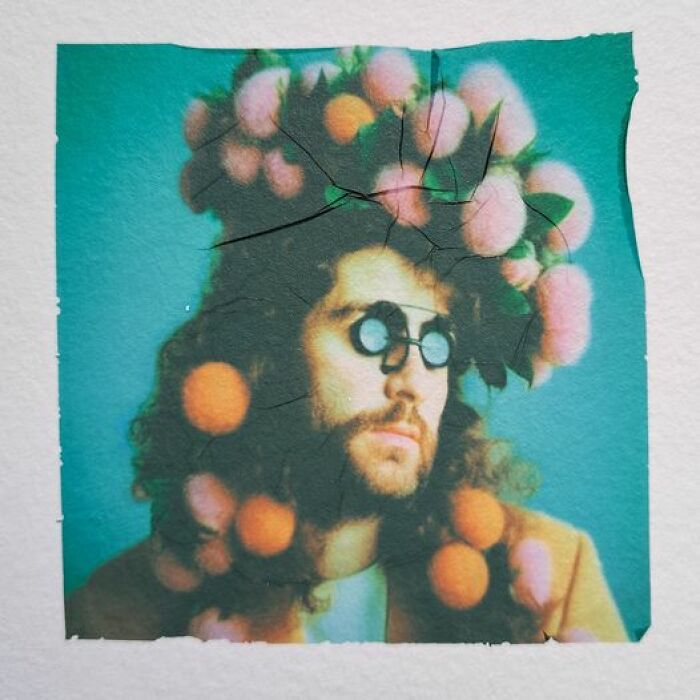
Image credits: Ava Bob
#20 Cyanotype
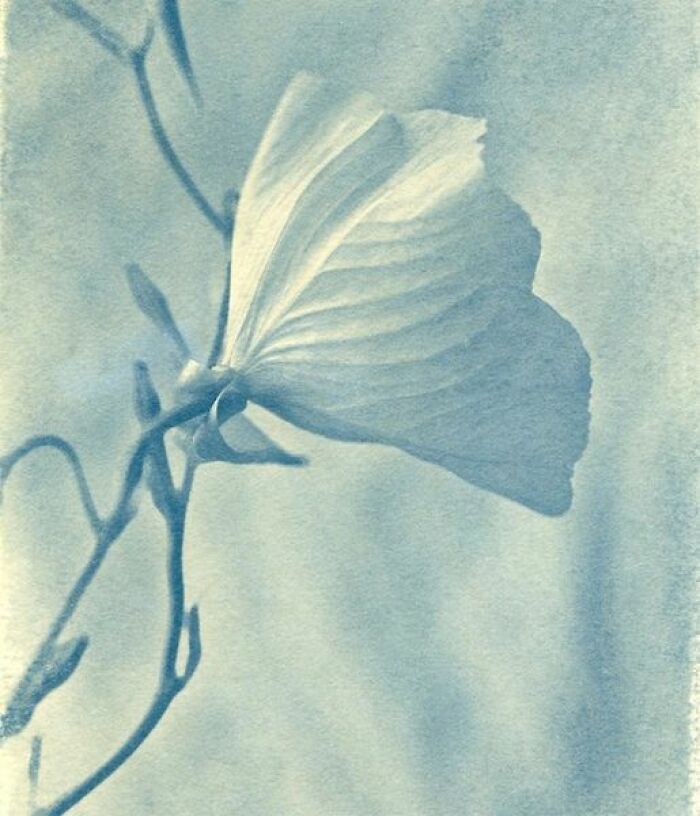
Image credits: Gary Geboy
#21 Just Playing Around With Watercolor To Some Of My Cyanotypes
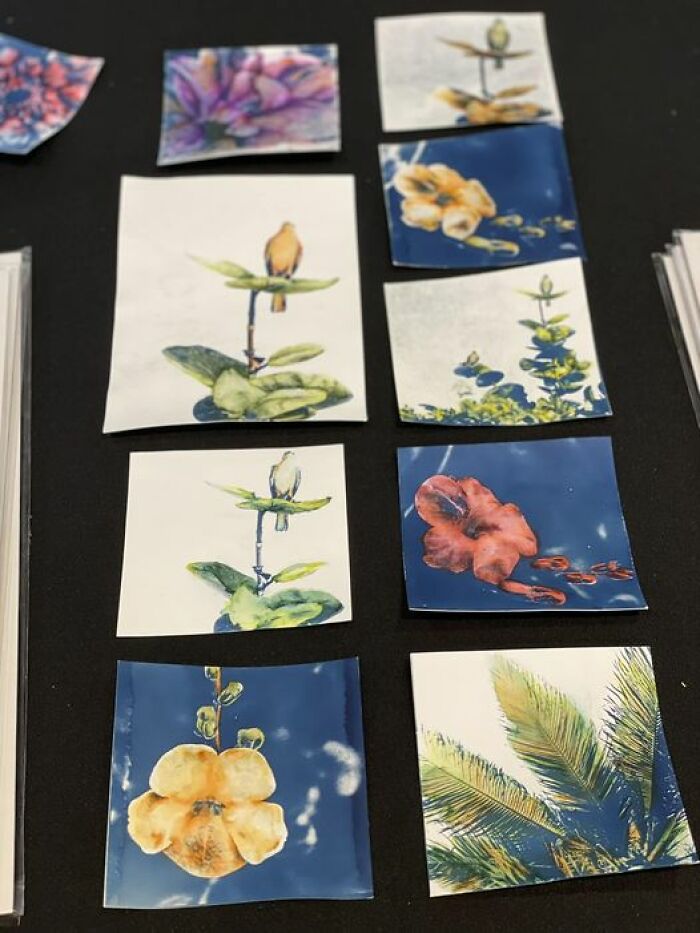
Image credits: Annette Guy
#22 My First Cyanotype, Shown By A Wonderful Teacher And Friend Wendy Using One Of My Favourite Portraits On 35mm
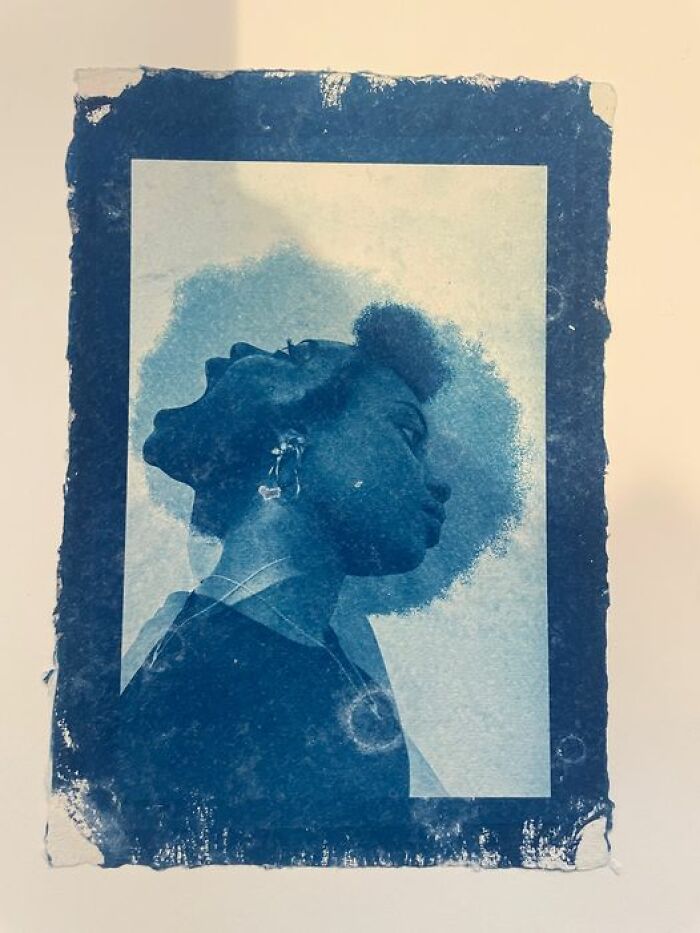
Image credits: Stephanie Popoola
#23 Cyanotope , Bleached And Toned In Green Tea . Developed In A Dilute Vinegar Solution 20ml/L
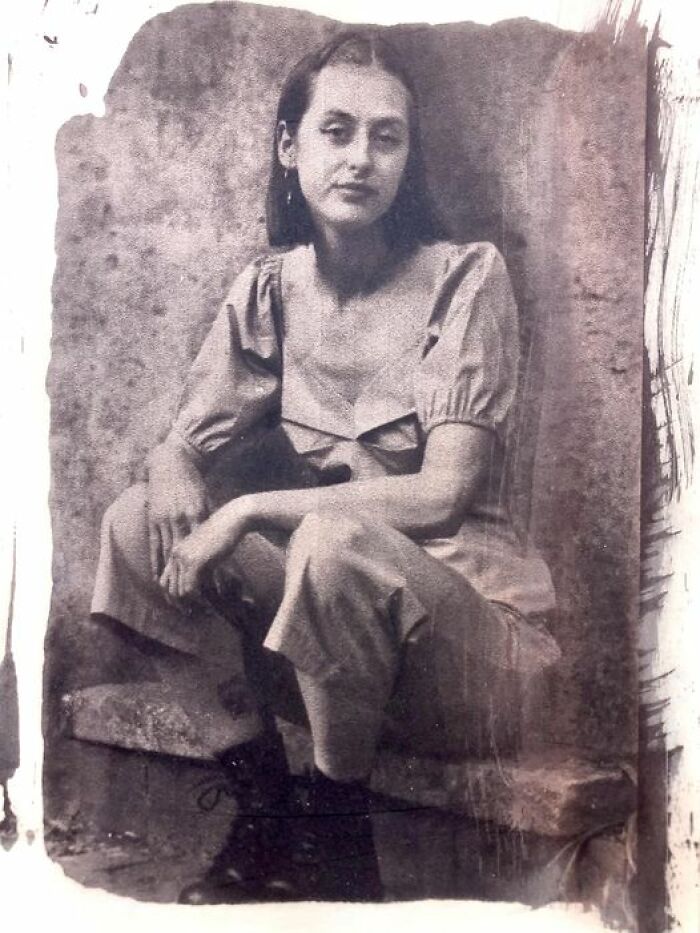
Image credits: Andrew Turner
#24 Nepenthes. Kuching, Malaysia. Platinum Palladium Print On Vellum, Backed By 24ct Gold. 15x15cm
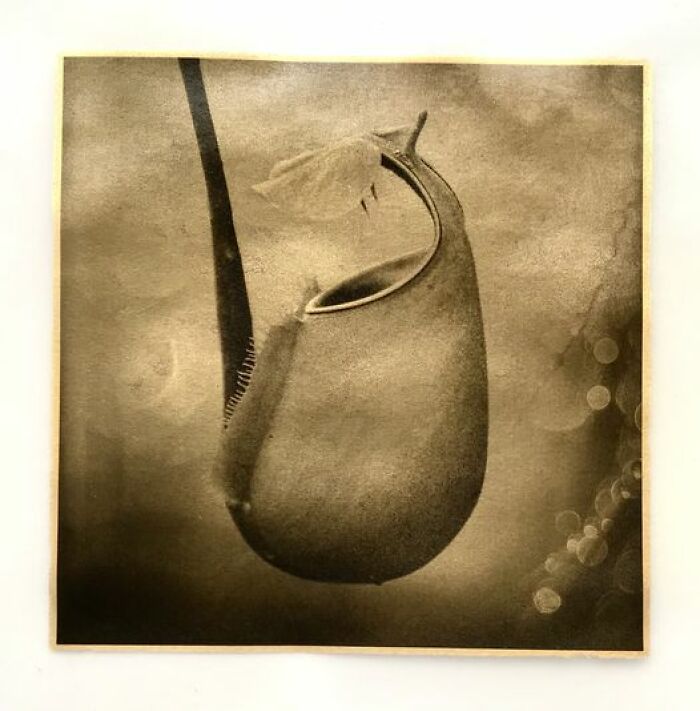
Image credits: Barrie Watts
#25 Wet Cyanotype
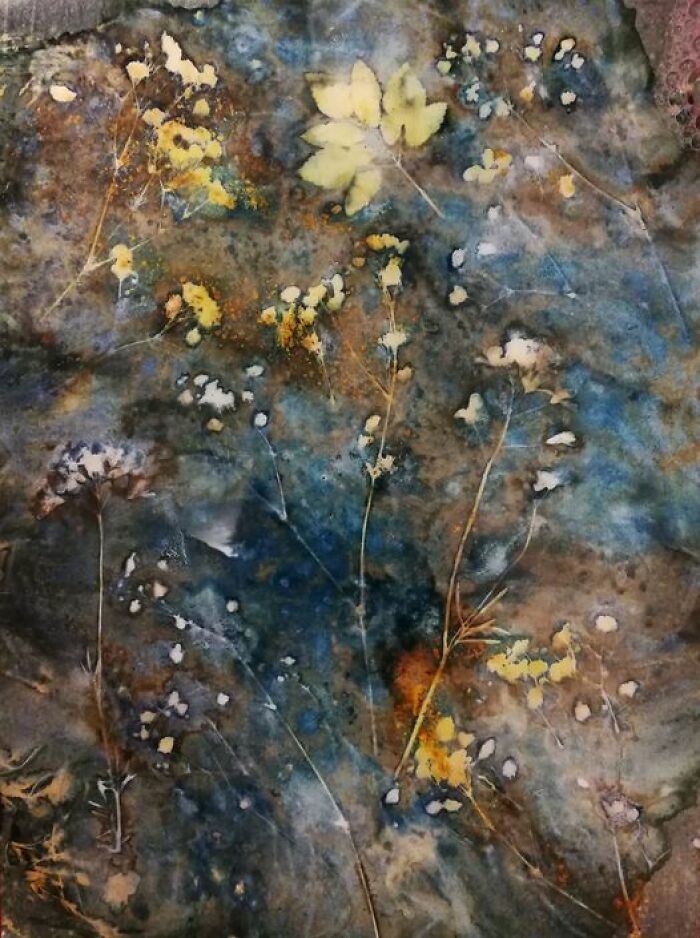
Image credits: Paulina Skonieczna
#26 Gouville 4. Bichromated Rubber

Image credits: Michel Lersy
#27 Lumenprint On Vintage Photographic Paper
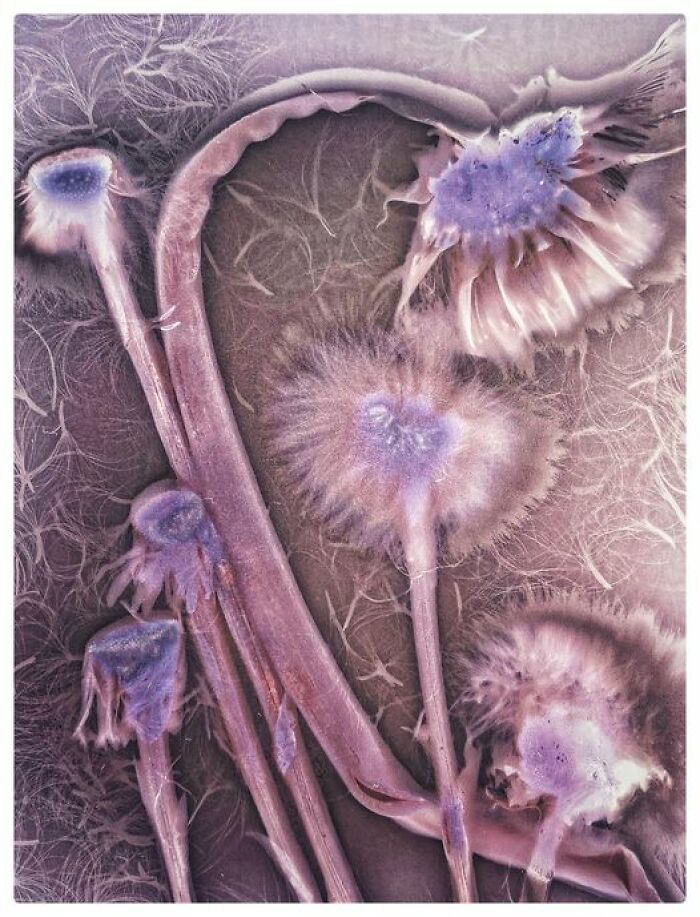
Image credits: Lisa Bakke Art
#28 Waxing A Couple Of Test Salt Prints Made Directly From 8×10 Dryplate Negatives
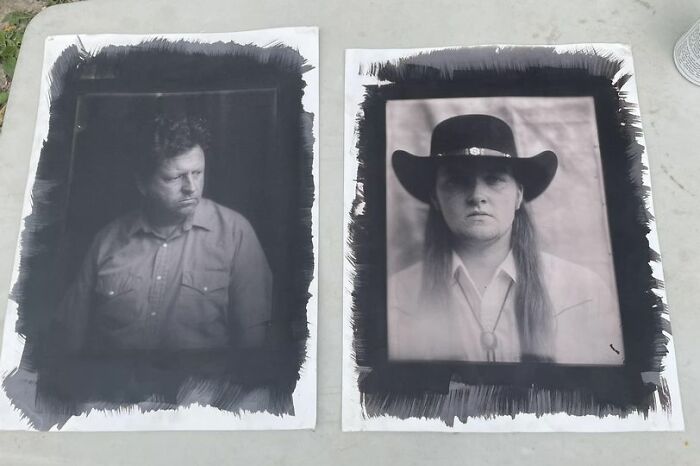
Image credits: D Anson Brody
#29 Mike Jackson Creates The Illusion Of Geometric Sculptures Using Just Controlled Light
Using traditional darkroom processes with minimal equipment, British artist Mike Jackson creates the illusion of geometric sculptures using just controlled light. Often the work is revealed to the artist himself only upon its last stage of development, requiring Jackson to apply the practice of afterimage memory, relying on drawn guidelines for accurate placement. Jackson creates a distinct camera-less aesthetic by viewing silver gelatin paper as two- dimensional clay shaped by directed light or as a “bell jar ready to be filled” with emotional responses to subjects. His sculptures of light merge the real with the fantastical, pushing photography into a world of three-dimensionality
- You Might Also Like: 29 Humorous One-Panel Comics To Take A Break From The Everyday Hustle And Bustle
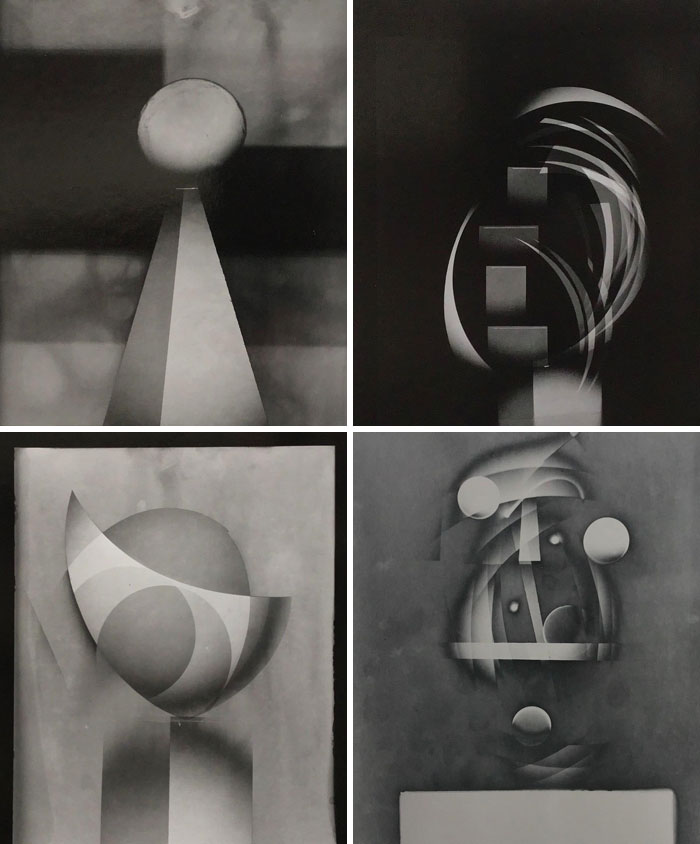
Image credits: Mike Jackson
from Bored Panda https://ift.tt/EqMCrSd
via IFTTT source site : boredpanda